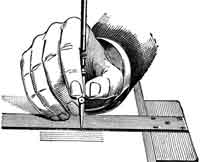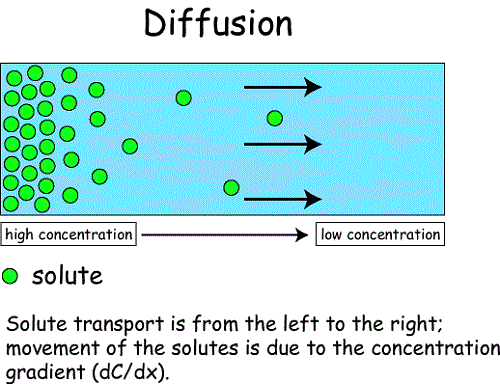
Why is Osmosis important to cells?
Osmosis is a mechanism of movement of water from its high concentration to the region of its low concentration through a semi-permeable membrane. When a cell is kept in a medium that has higher solute concentration, the water concentration in the cell will be higher than that of the surrounding medium. Hence, the water moves from cell into the medium through osmosis. The cell shrinks due to loss of water. If the solute concentration is more in the cell than in the surrounding medium, then the water concentration in the cell will be less than that of the surroundings. So, water moves from the surroundings into the cell. The cell swells up due to the turgidity. If the concentration of solute is same in the cell as that of the surroundings then the net movement of water will be nil on either sides. So the cell neither shrinks nor bulges.
Plant cells become turgid, which makes the plant stiff and erect. This happens due to osmosis. The leaf cells receive water through osmosis from its surrounding cells as the food prepared in the leaves increases the solute concentration in it and decrease the water content. The water moves from the cell where its concentration is more into the cell where its concentration is less. This continues as long as the water receiving cell swells up and becomes turgid. The turgor pressure inside the cell acts against the osmosis and stops the movement of water. Plant cells have cell wall. The entered water will be retained inside the cell with the help of the cell wall and hence the pressure is built inside. This turgor pressure generated will aid in making the plant stand stiff and erect in sunlight which is important for its survival.
Animal cells do not have cell wall and hence cannot create turgidity in the cells after osmosis. Osmoregulation is carried out by kidneys in animals. Several homeostatic mechanisms occur in animals to maintain the water balance in the body.











Leave a Reply